Stop the presses — the National Weather Service has installed a new online weather station at the hottest spot in Death Valley, which also happens to be the hottest spot in the country and perhaps in the world! I noticed the new station data show up on the NWS/NOAA weather map on August 24th when I zoomed into the Death Valley area. Apparently the first observations were uploaded on August 23rd. The map images below show the location of the Badwater station.
If the location on the map is correct, the Badwater instrumentation is very close to the highway. It looks to be just across from the Badwater parking area, on the east side of the highway, a stone’s throw from the steep-sided slopes just to the east. The elevation is -219 feet, which puts it about 60 feet above the Badwater pond on the west side of the highway.
This location, or station siting, is excellent for measuring the very hot conditions at Badwater. The area is in a wind-protected niche of sorts. Most summer afternoon winds through Death Valley are from the south, and this “niche” is protected to a significant degree from southerly winds by the higher terrain which juts out to the west, just to the south of Badwater. In fact, elevations rise to over 1000 feet just a half mile or so to the south. Given the steep slopes just to the east, the bare ground all around, and the wind-protected environs, the Badwater area is a local “hotspot” in Death Valley on summer afternoons. The incoming solar radiation in mid-afternoon in July hits those dark slopes on the east side of Badwater at right angles. This is a made-to-order landscape for hot afternoon temperatures in summer.
It will be fun to see how the Badwater maximums compare to the other Death Valley stations. Though the station is in a wind-protected spot, there is no vegetation or man-made stuff around which might promote higher afternoon temperatures. I haven’t seen the new station in person, but I figure that the overall instrument exposure would be “very good – to – excellent.” This is in contrast to the official NWS station at Furnace Creek, where vegetation and nearby structures cause somewhat reduced ventilation and thus somewhat inflated summer maximum temperatures.
There are now five high-quality stations in Death Valley (near or below sea level in elevation) with near real-time data online. Here are some of the particulars, north-to-south, with the links to the data:
Stovepipe Wells

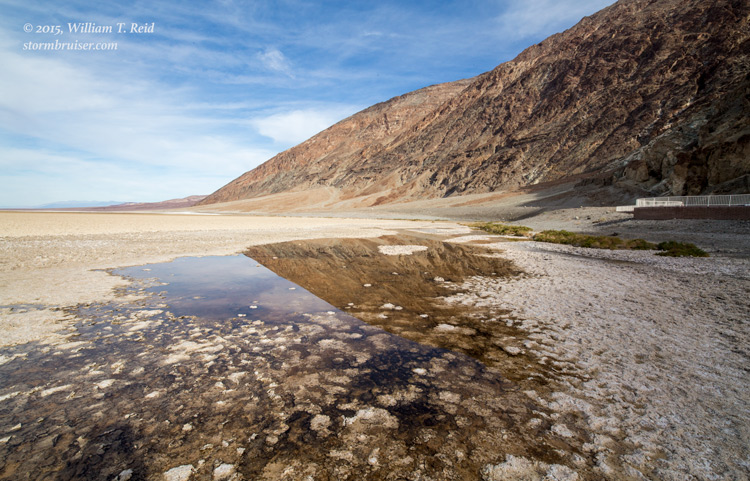
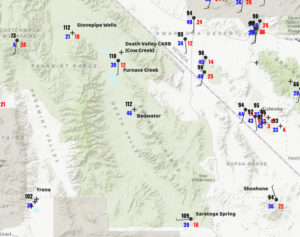
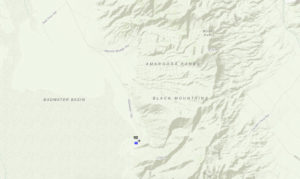
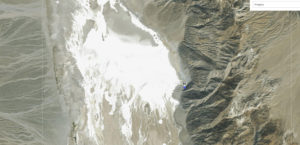
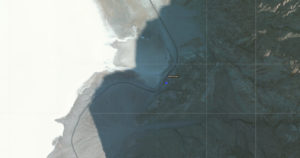
Leave a Reply
You must be logged in to post a comment.